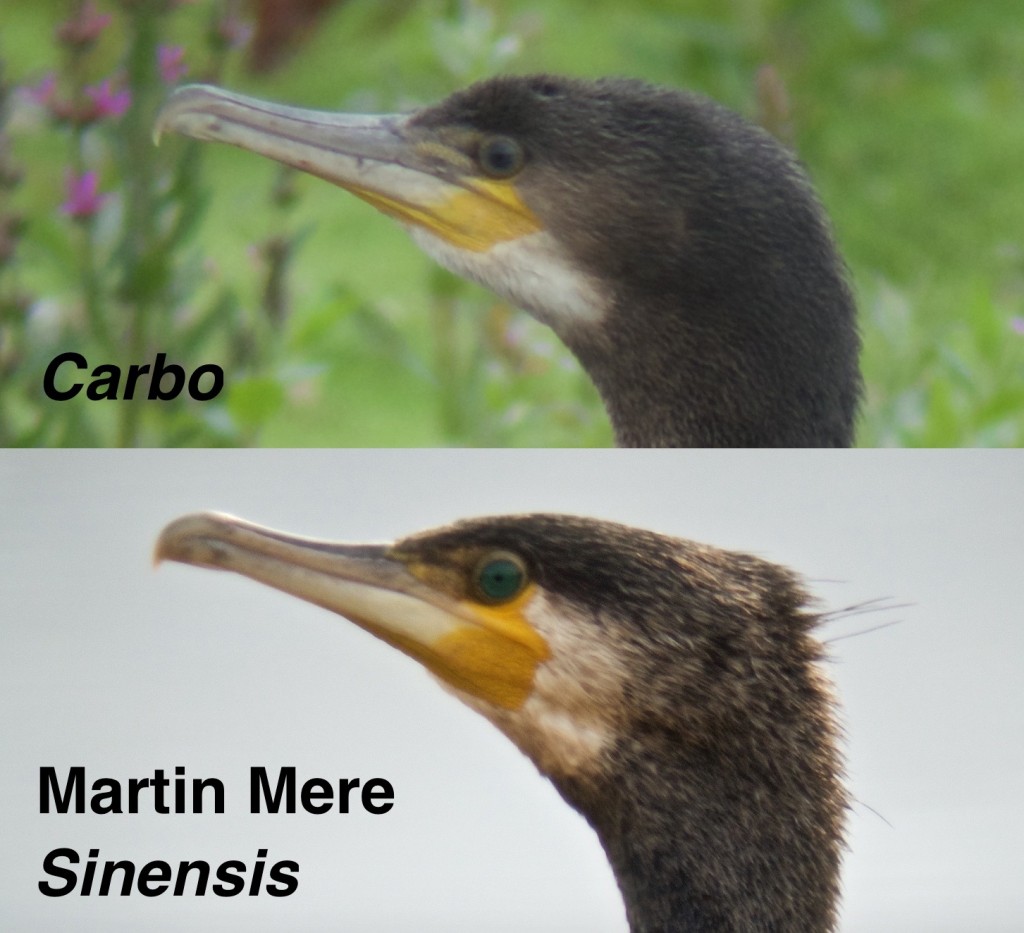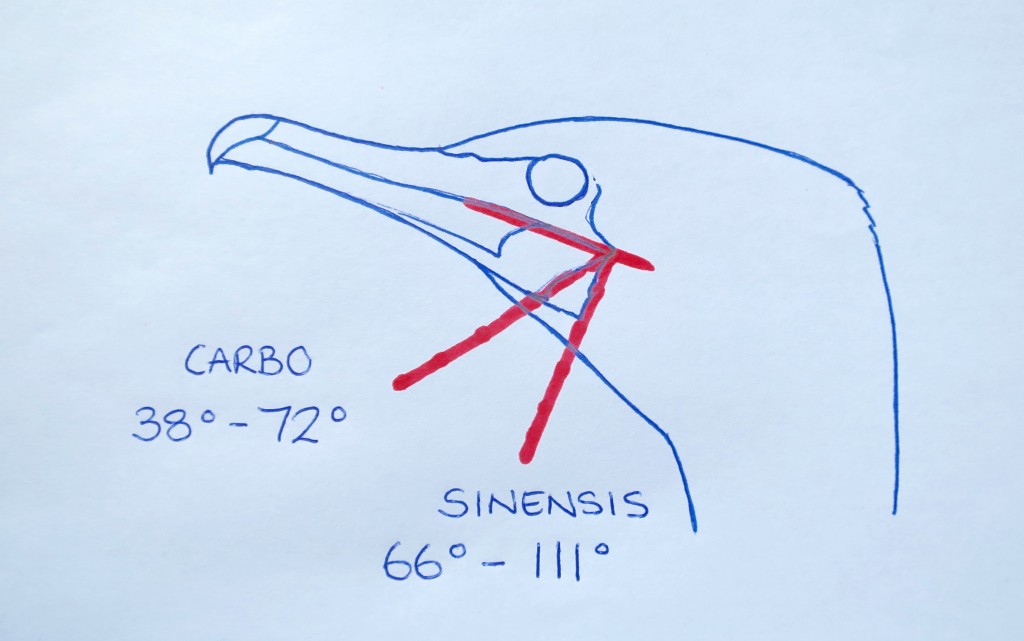Merlin
A female/imm Merlin was seen from UU Hide mid afternoon and is the first record of the autumn/winter of this smart little falcon. At least 1 juvenile Peregrine was active flushing the Lapwing flock and making them 'bunch up' high in the sky - this is a sure fire way to tell if there is a Peregrine (or other large Falcon) in the area. The usual Common Buzzard, kestrel and Sparrowhawk were also seen.
Two Curlew Sandpiper were reported among the Lapwing flock but no sign of these birds later, also the Wood Sandpiper was seen again on Vinson's Marsh from Ron Barker Hide. Still 25+ Ruff to be seen from here and small numbers of Snipe.
Two Little Egrets were on view from Harrier Hide this afternoon and also the Continental Cormorant was still out from Harrier Hide toon, not the most exciting of birds to say the least, almost identical to our usual Cormorant. In fact the only way to tell them apart is by measuring the angle of the bare skin at the base of the bill, called the Gular Patch Angle - best done from a good side on photograph, and then only safely on birds showing 90 degrees or more because of the overlap between the two subspecies.





